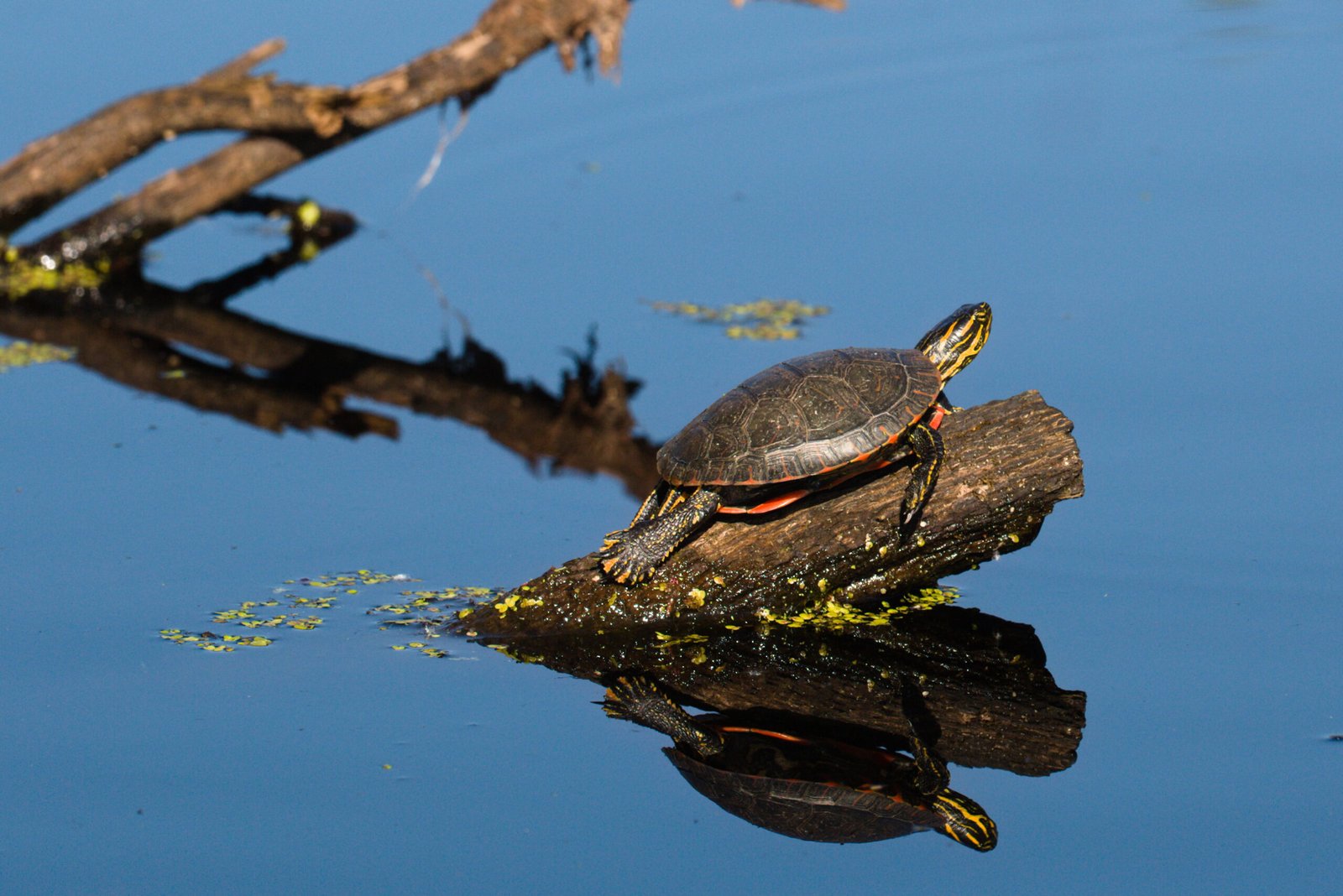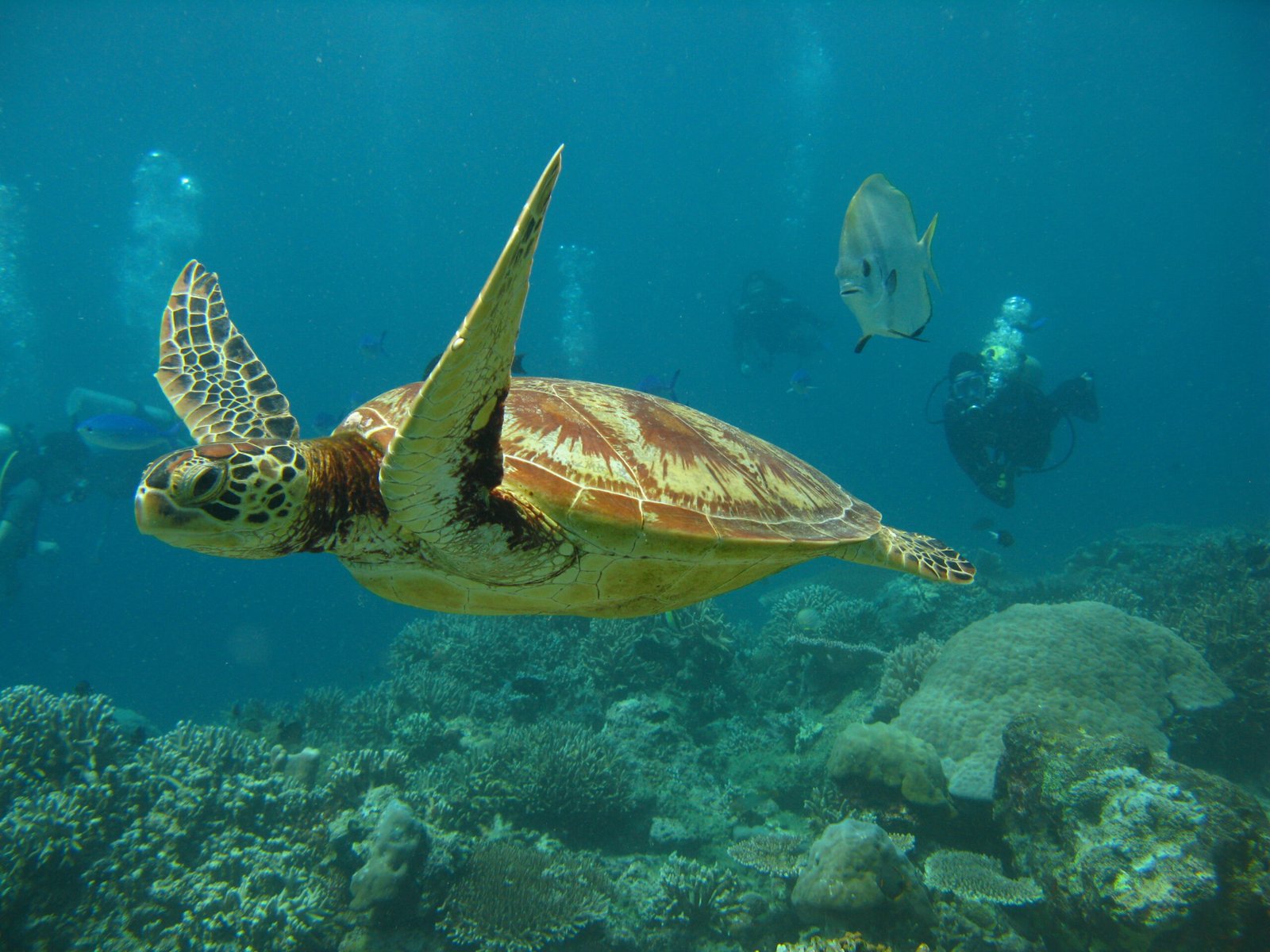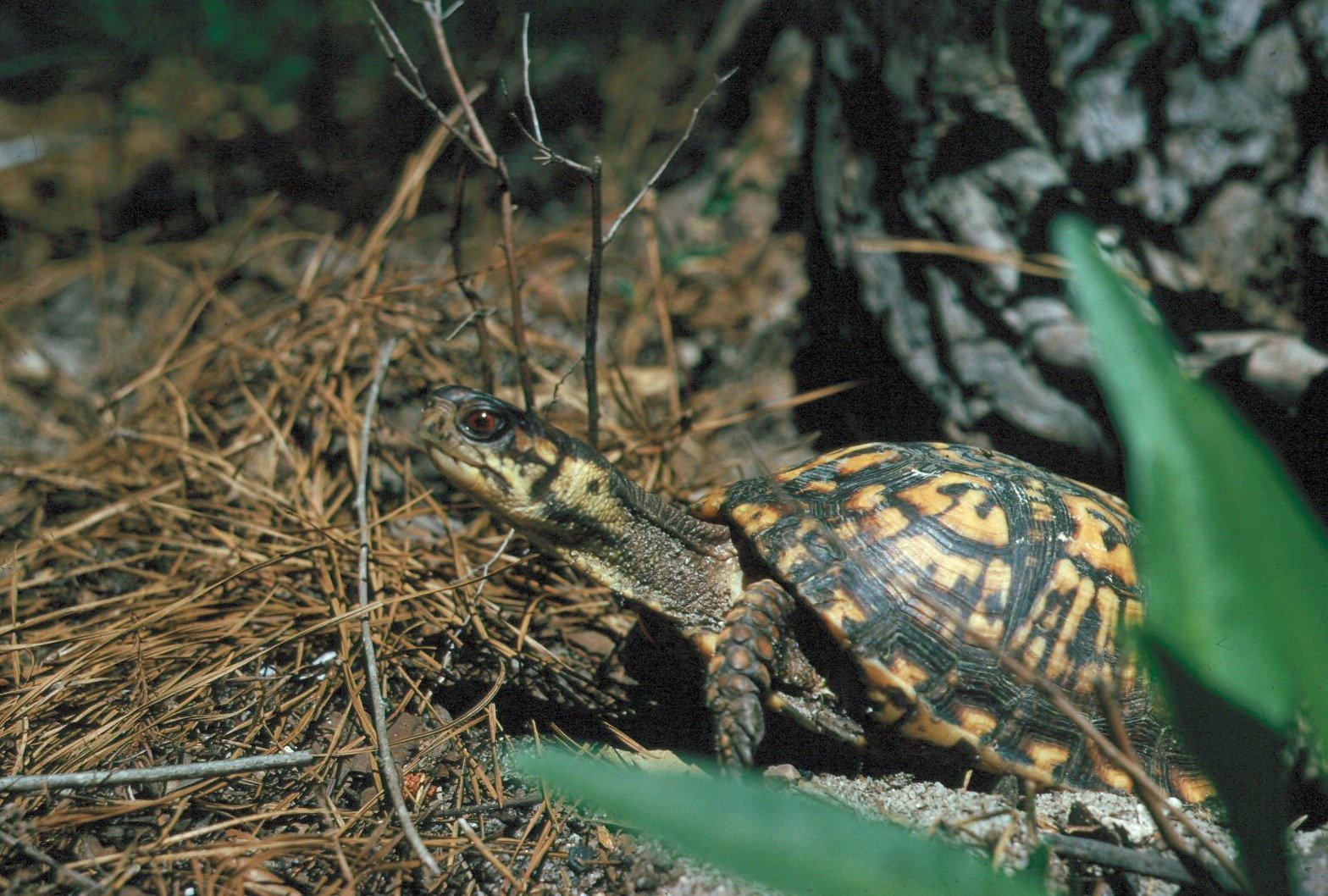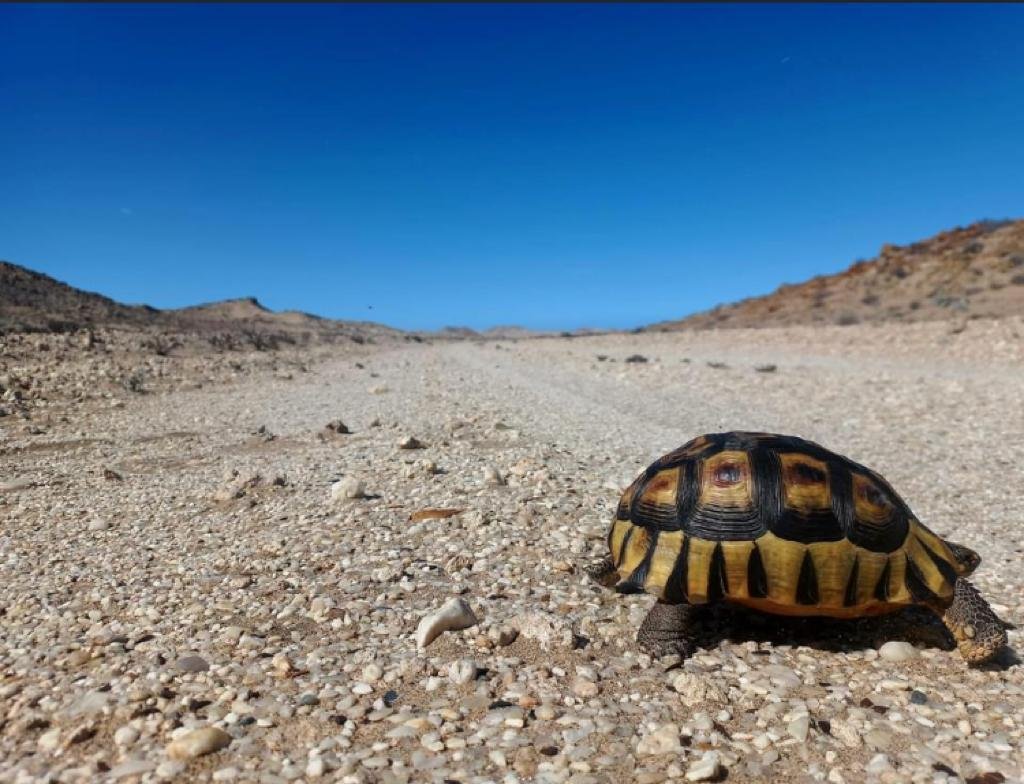Imagine being able to survive for months underwater without ever coming up for air. It sounds like something ripped straight from a superhero comic, but this is the astonishing reality for many turtles. Even more surprising? They do it by breathing through their butts. This quirky adaptation may sound like a joke, but it’s one of nature’s most fascinating survival tricks—one that allows turtles to thrive in the harshest of winter conditions. Let’s dive into the mysterious world of turtle hibernation and discover the science behind this bizarre, yet essential, way of breathing.
The Unbelievable Truth About Turtle Respiration
For most people, breathing is as simple as inhaling through the nose or mouth. But turtles are not most people—or even most animals. When the cold of winter descends and ponds freeze over, many turtles retreat to the muddy bottoms of lakes and rivers. Here, they can’t reach the surface to breathe in the usual way. Instead, these remarkable reptiles rely on a unique respiratory system that lets them absorb oxygen through their cloaca, an opening at their rear end. This adaptation isn’t just a curious oddity—it’s a lifeline when traditional breathing isn’t possible.
What Is Cloacal Respiration?
Cloacal respiration is the scientific term for “butt breathing.” The cloaca is a multi-purpose orifice used by turtles for excretion, reproduction, and, incredibly, respiration. During hibernation, the turtle’s cloaca is lined with specialized sacs called bursae. These bursae are filled with tiny blood vessels that can absorb dissolved oxygen from the water, a bit like natural scuba gear built right into their bodies. This process allows turtles to extract the oxygen they need to survive, even when their lungs aren’t in use.
Why Turtles Need This Strange Adaptation
When winter comes, freshwater turtles face a serious challenge. Ponds, lakes, and rivers can freeze so completely that no open water remains for them to breathe at the surface. Unlike mammals, turtles are ectothermic, meaning their body temperature matches their environment. As the water temperature drops, their metabolism slows dramatically, reducing their oxygen needs. But even at a slow pace, they still need a steady oxygen supply. Cloacal respiration is the answer, turning a potential death sentence into a miraculous survival strategy.
How Do Turtles Prepare for Winter Hibernation?
As the air grows chilly and daylight wanes, turtles instinctively begin preparing for hibernation, a state known as brumation in reptiles. They burrow into the soft mud at the bottom of ponds or rivers, where the water remains just above freezing. Here, they become almost motionless, their heartbeats slowing to a crawl and their energy use plummeting. This stillness is crucial—it means the turtle needs as little oxygen as possible, making cloacal respiration all the more effective. Their bodies are perfectly designed to endure months without surfacing for a gulp of air.
Not All Turtles Are Butt Breathers
It’s worth noting that not every turtle can breathe through its butt. This fascinating trick is mainly found in certain freshwater species, like painted turtles and snapping turtles. Sea turtles, for example, hibernate differently and do not rely on cloacal respiration. The environment plays a role too—species that live in colder, oxygen-rich waters are more likely to have evolved this ability. This diversity in survival strategies is just one more example of the amazing adaptability found in the animal kingdom.
The Science Behind Oxygen Absorption in Water
For cloacal respiration to work, there must be enough dissolved oxygen in the water. Cold water holds more oxygen than warm water, which is why winter hibernation is possible for these turtles. As they lie in the mud, oxygen from the water diffuses through the thin walls of the bursae and into the turtle’s bloodstream. This slow, steady process is just enough to keep their vital organs functioning until the ice melts and spring returns. In a sense, turtles become like living filters, exchanging gases with their environment in a silent underwater dance.
Real-Life Examples: Painted Turtles and Snapping Turtles

Take the painted turtle, for instance—a master hibernator found across North America. These turtles have been observed surviving for months under ice, relying almost entirely on cloacal respiration. Snapping turtles, notorious for their tough demeanor, use this same method to endure brutal winters. Researchers have marveled at their resilience, even recording heartbeats so slow they seem almost lifeless. Yet, when spring arrives, these turtles emerge healthy and ready to bask in the sun again, a testament to the power of their unusual breathing technique.
What Happens If Oxygen Runs Low?

Sometimes, the oxygen in the water drops too low, especially if the pond is covered with thick ice and snow for a long time. In these cases, turtles have one more trick up their sleeve—they can switch to anaerobic metabolism, which doesn’t require oxygen but produces lactic acid as a byproduct. While this isn’t ideal and can stress their bodies, turtles have evolved ways to buffer and neutralize this acid, often using minerals from their shells. It’s a last resort, but it can mean the difference between life and death during the harshest winters.
How Scientists Study Turtle Hibernation

Studying turtles in hibernation isn’t easy; after all, they’re buried in mud at the bottom of icy ponds! Scientists use a variety of techniques, including tracking transmitters and underwater cameras, to monitor their behavior. Laboratory experiments help researchers understand how cloacal respiration works and what factors influence its efficiency. Discoveries about turtle hibernation aren’t just fascinating—they also help us understand how animals survive extreme environments and could even inspire new medical or engineering breakthroughs in the future.
Why This Adaptation Matters for Survival

Cloacal respiration is more than just a quirky fact—it’s a critical adaptation that has allowed turtles to survive for millions of years. Without it, entire populations could be wiped out by a single harsh winter. This remarkable ability highlights the resilience and ingenuity of nature, reminding us that even the most unassuming creatures can possess hidden superpowers. For turtles, breathing through their butts is not just an oddity, but a story of survival against the odds.
Nature’s Weirdest Survivors: More Than Just a Fun Fact

Learning about cloacal respiration gives us a window into the wild, wonderful world of animal adaptations. It challenges us to look closer at the creatures we might otherwise overlook and to marvel at the unexpected solutions life has found. The next time you see a turtle basking in the sun, remember the incredible secret it carries within—a secret that lets it outlast winter’s icy grip and emerge, year after year, as one of nature’s true survivors.




